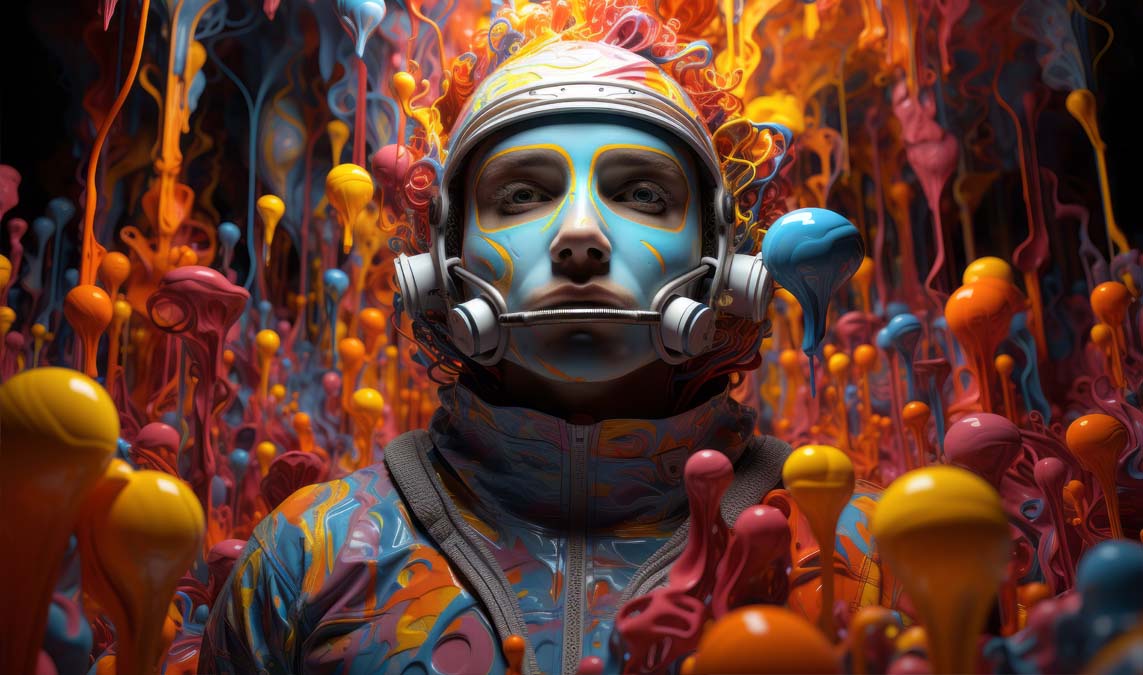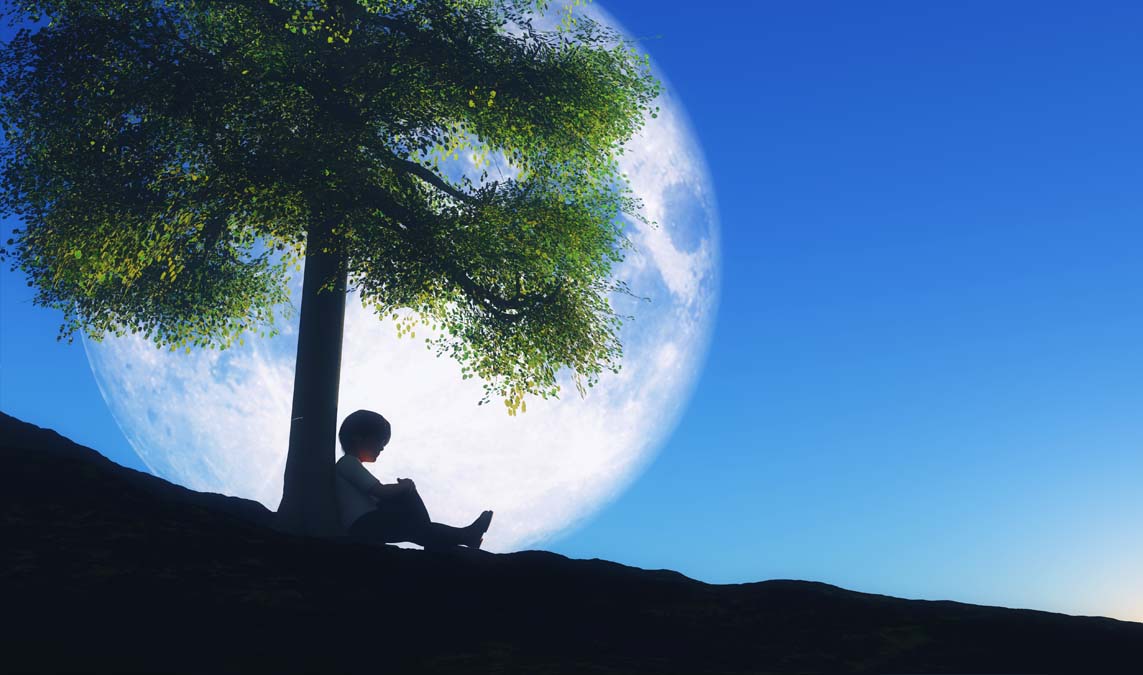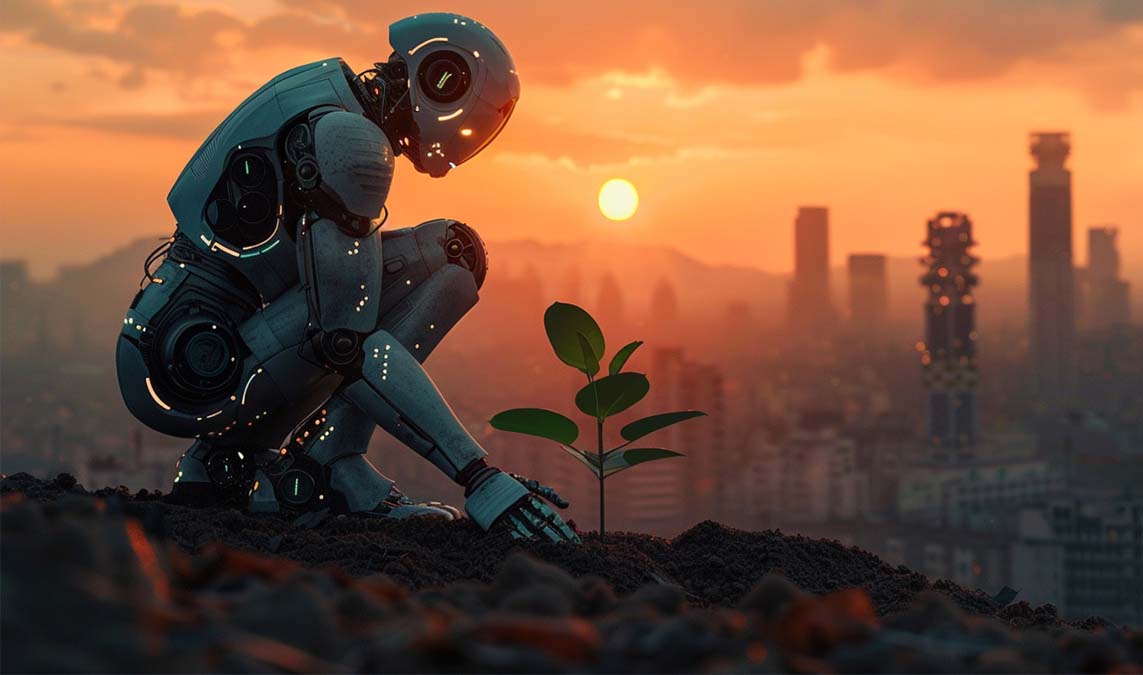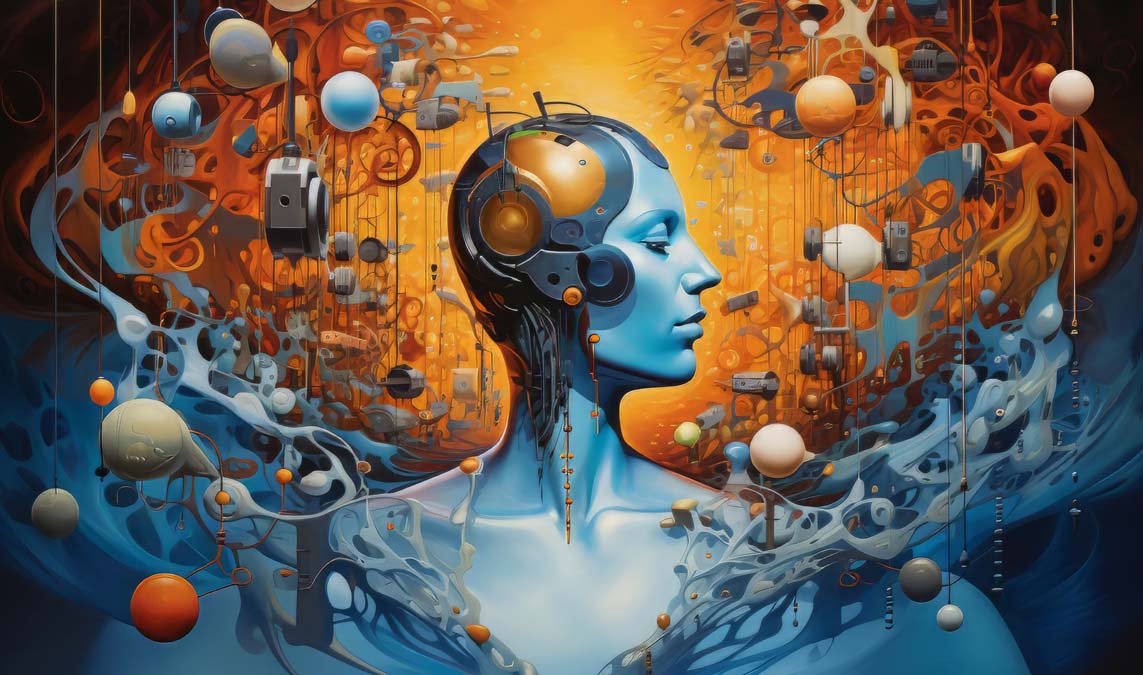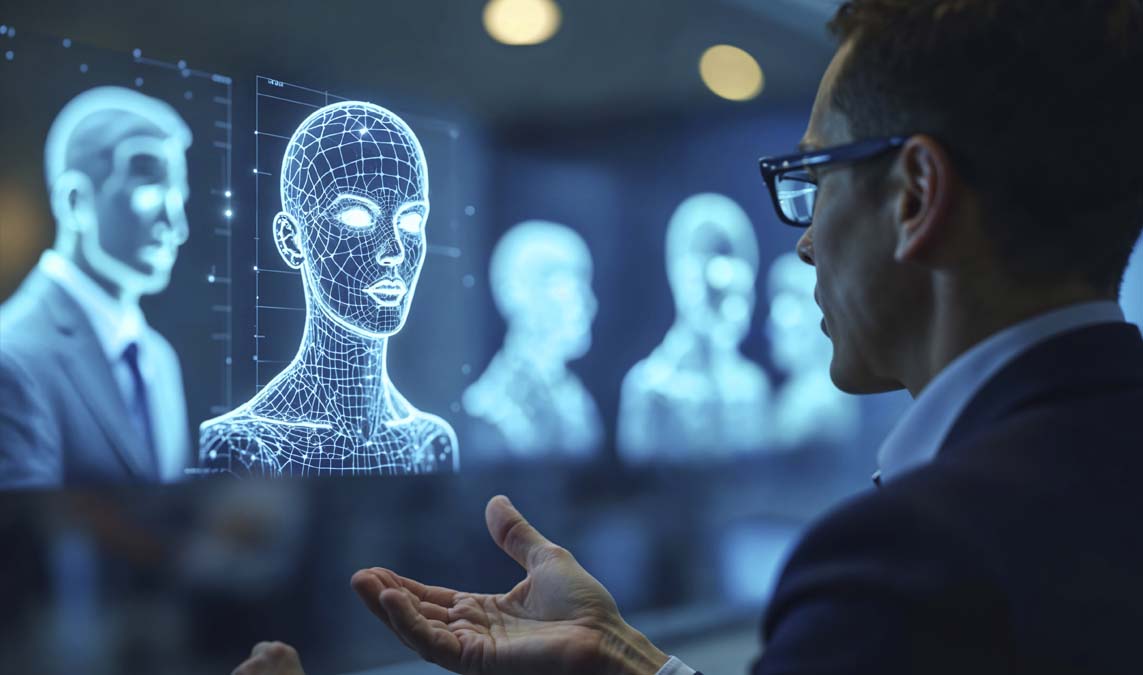A New Era in Artistic Expression
Artificial intelligence has revolutionized the world of art, giving rise to a vibrant digital movement: AI-generated art. However, as this creative domain flourishes, a pressing concern arises — ethics. Ethical AI art is not just a trending concept; it is the foundation of a more inclusive, fair, and peaceful future in the realm of creativity. As nations navigate the complexities of cultural identity, intellectual property, and human agency, uniting around ethical principles for AI in art becomes not only necessary but urgent.
What Is Ethical AI Art?
At its core, ethical AI art refers to artworks generated by artificial intelligence systems that adhere to moral and social values. These values include:
Respect for original creators and copyrights
Avoidance of cultural appropriation
Inclusivity in datasets and representation
Transparency in creation processes
Consent from contributors or subjects
By upholding these principles, ethical AI art can serve as a bridge between diverse cultures, giving rise to shared understanding and harmony.
The Global Importance of Ethical AI Art
As AI art tools are accessible across continents, they allow people from every corner of the globe to create and share artistic visions. Still, without ethical standards, the technology risks reinforcing inequalities. For example, biased training data can marginalize underrepresented communities, while unchecked AI models may exploit indigenous or traditional motifs without acknowledgment or compensation.
To ensure ethical AI art becomes a unifying force, stakeholders — from governments and developers to artists and educators — must commit to ethical frameworks that:
Promote global participation
Value cultural diversity
Prevent misuse and exploitation
Foster peace through shared artistic dialogue
Transitioning to Responsible Creativity
A critical aspect of ethical AI art involves how the data is sourced. Many AI models are trained on millions of artworks scraped from the internet, often without the consent of original creators. This raises serious concerns about ownership and credit.
To address this issue, platforms must begin to:
Use opt-in datasets
Provide clear attribution
Allow artists to remove their work from AI training databases
Furthermore, transparency should extend to end-users. Audiences should know whether a piece of art was human-made, AI-assisted, or fully AI-generated. Only then can trust and integrity thrive in the digital art world.
Bridging Cultural Divides Through Art
Art has always served as a universal language, capable of expressing shared human experiences. When powered ethically, AI becomes a tool that enhances cross-cultural storytelling rather than distorting it. For instance, an AI trained on diverse art styles — from African tribal patterns to East Asian calligraphy and Latin American murals — can generate hybrid creations that celebrate the world’s rich heritage.
Moreover, artists from regions with limited access to traditional tools can now participate in the global art scene thanks to AI. By ensuring ethical practices, this inclusivity fosters not only creative expression but also mutual respect between nations.
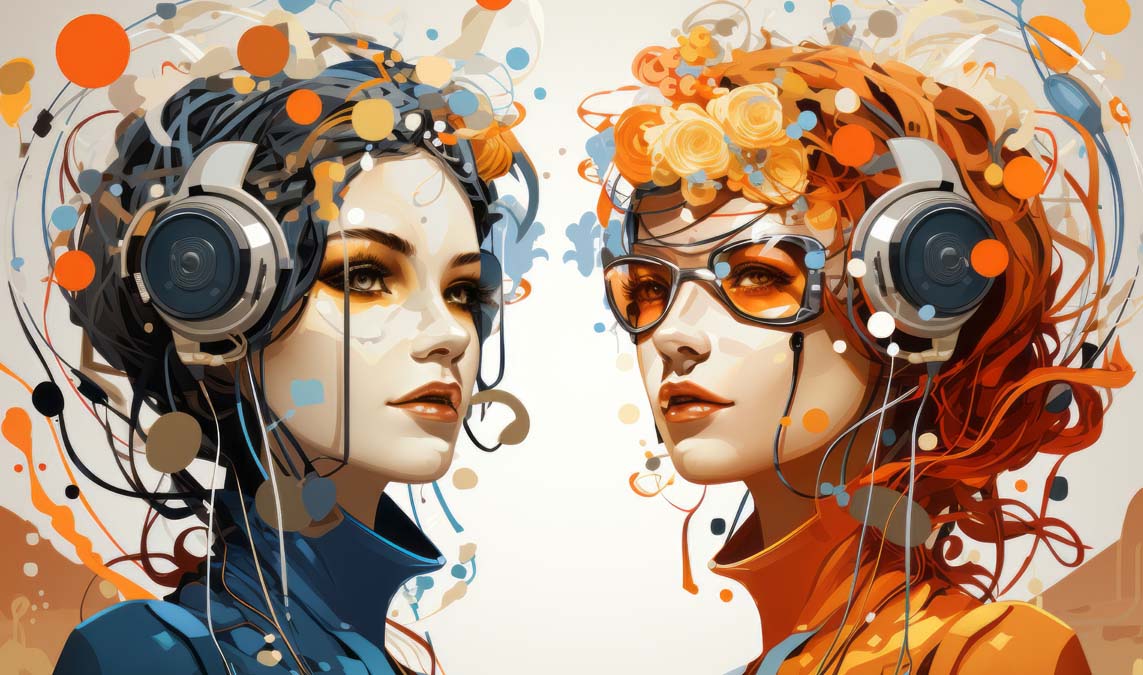
The Role of Governments and International Bodies
Global cooperation is essential in the governance of ethical AI art. Organizations such as UNESCO and the United Nations have already begun drafting principles for AI ethics. These efforts should be expanded to explicitly address creative AI, with nations committing to:
International ethical standards for AI art generation
Cross-border collaborations between artists and technologists
Support for underrepresented regions in accessing ethical AI tools
Policies that safeguard cultural integrity and indigenous rights
When nations unite under such guidelines, AI art becomes a diplomatic tool for peace — one that transcends borders and brings people closer through beauty and innovation.
Artists as Ethical Leaders
While policymakers and developers play vital roles, artists themselves are at the forefront of the ethical AI art movement. Many are now choosing to collaborate with AI consciously, documenting their processes, crediting datasets, and engaging their communities in discussions about ethics.
By leading with transparency, artists set an example for both creators and consumers. Their work demonstrates that AI-generated art can be beautiful, boundary-breaking, and deeply respectful all at once.
Ethical AI Art as a Peacebuilding Medium
When used ethically, AI-generated art has the power to heal divisions. Visual art exhibitions powered by AI can showcase the interconnectedness of global cultures. Digital murals can blend motifs from conflict-affected regions, promoting reconciliation and dialogue. Educational tools built on ethical AI art can teach youth about global citizenship and cultural empathy.
Peace through art is not a new idea, but AI expands its potential exponentially. With ethical guidelines in place, these new forms of expression can act as catalysts for unity.
Moving Forward: A Call to Action
To sustain the growth of ethical AI art globally, we must:
Educate developers, artists, and users on ethical standards.
Collaborate across borders to build inclusive and diverse datasets.
Support open-source, ethical AI tools that empower creators without exploitation.
Celebrate artists who pioneer transparency and cultural respect in AI-assisted works.
Ultimately, ethical AI art is not about limiting creativity — it’s about enriching it. When we combine advanced technology with human values, we create a new artistic frontier rooted in peace, inclusion, and justice.
Conclusion: Uniting Through Art and Ethics
AI has already transformed how art is imagined, created, and shared. Now, it is time to ensure this transformation benefits all of humanity. By embracing ethical AI art, the global community can protect creators, elevate marginalized voices, and forge connections that foster lasting peace. Let us unite — not just as nations, but as artists, thinkers, and human beings — to shape a future where technology and ethics paint together on the same canvas.

